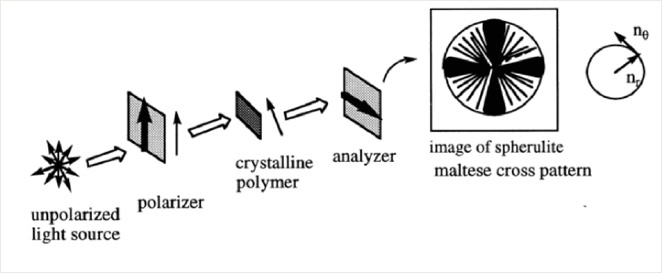Structured Suspending Systems
The terms "structured system"; "structured surfactant system"; and "structured suspending system", all describe a composition comprising water, surfactant and any structurants required to impart suspending properties to the surfactant.
These components together form a mesophase, or a dispersion of a mesophase (state of matter intermediate between liquid and solid) in a continuous aqueous medium, which has the ability to suspend non-colloidal, sparingly water soluble particles, while the system is at rest, and without sedimentation.
One advantage of spherulite formulations, is the minimal risk of denaturation of macromolecule cargoes, due to the low-shearing force applied during encapsulation.
In addition, the suspended media may be added after the formation of the structured suspension. Preparation of spherulites in this way also avoids exposure of cargoes to organic solvent, which further minimises damage - for example in the case of protein cargoes.
Finally, the resulting unique multi-layer structure, may provide a controlled-release mechanism, that could be useful for achieving prolonged drug action.
The biophysical properties of drug-loaded spherulites are affected by many factors such as lipid composition, shear force, and the type of cargoes to be loaded. However, more research is required to understand the multitude of factors contributing to an optimal spherulite preparation for small and macromolecules of different drug classes and therapeutic intents.
Structured suspending systems depend on the rheological properties of the suspending medium to immobilise particles, irrespective of size. This requires the suspending medium to exhibit a yield point, which is higher than the sedimenting or creaming force exerted by the suspended particles, but low enough to enable the medium to flow under externally imposed stresses, such as pouring and stirring - like a normal liquid. The yield stress is the minimum applied stress to make a fluid flow. Below the yield stress, the system will deform elastically. After flowing, the structure reforms sufficiently rapidly to prevent sedimentation, once the agitation caused by the external stress has ceased.
The only structured systems sufficiently effective to find widespread application, have been based on aqueous surfactant mesophases.





